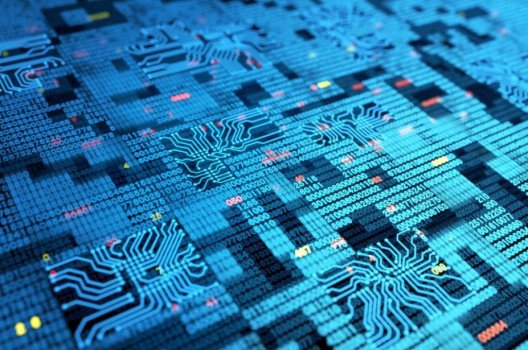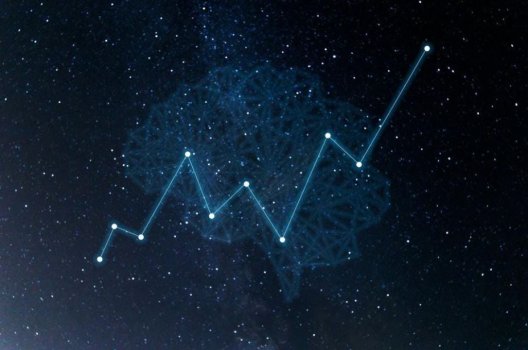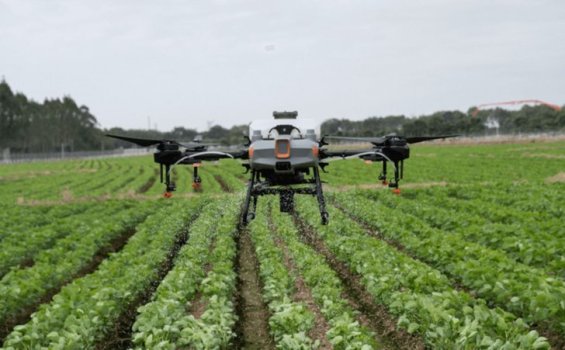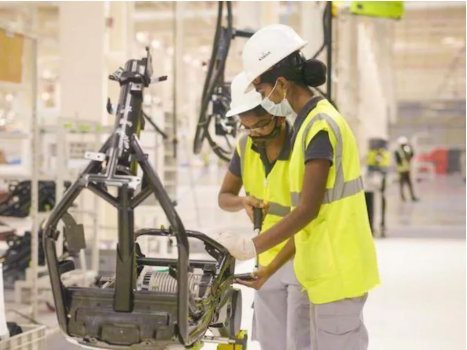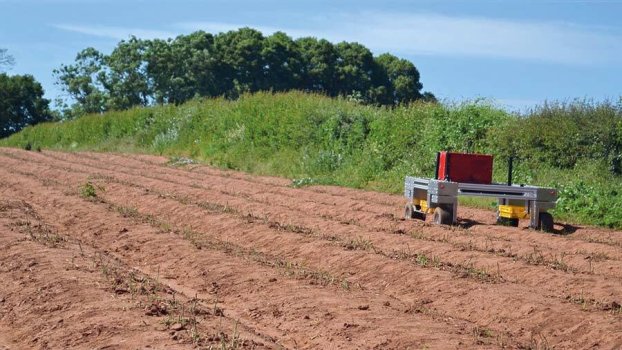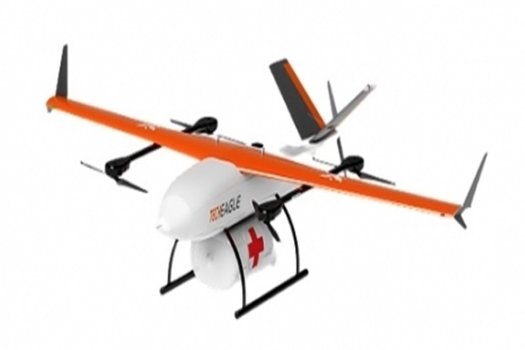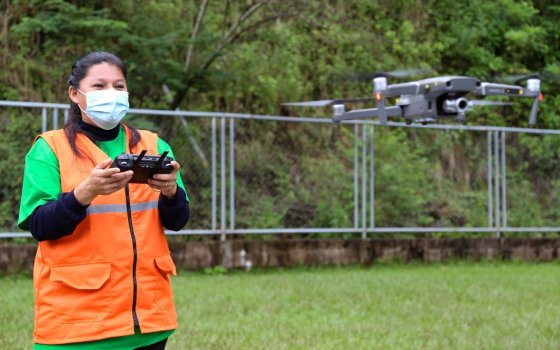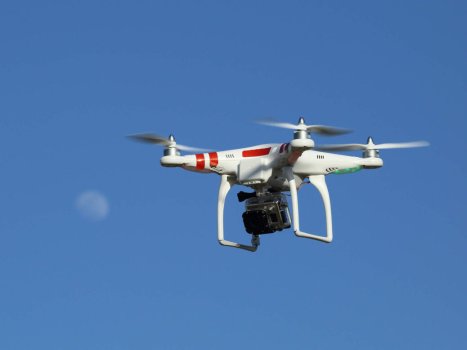16 Effective Steps For Securing Corporate And Personal IoT Networks And Platforms
- Technology Solutions
- 0 Replies
The Internet of Things can open up significant time savings and convenience for both businesses and consumers through connectivity and data exchange. Still, with enhanced sharing comes increased risk. As more IoT devices become standard in organizations and homes, more doors open for malicious actors to compromise systems and steal valuable data.
To protect themselves, companies and consumers must be aware of the inherent risk factors and the most effective mitigation strategies. Below, members of Forbes Technology Council share smart steps both users and builders of IoT technology can take to improve network and platform security.
1. Regularly Check And Update Installed Applications
Different IoT solutions will require various communication networks. Therefore, it’s important to look at the applications that drive those IoT solutions. The applications installed on IoT solutions need to be checked regularly, and keeping applications updated is essential to minimize cyber risk on IoT solutions. - Abdulla Al-Attas, PLUS Malaysia Berhad
Continue reading: https://www.forbes.com/sites/forbestechcouncil/2022/01/12/16-effective-steps-for-securing-corporate-and-personal-iot-networks-and-platforms/?sh=22f71dec1747
To protect themselves, companies and consumers must be aware of the inherent risk factors and the most effective mitigation strategies. Below, members of Forbes Technology Council share smart steps both users and builders of IoT technology can take to improve network and platform security.
1. Regularly Check And Update Installed Applications
Different IoT solutions will require various communication networks. Therefore, it’s important to look at the applications that drive those IoT solutions. The applications installed on IoT solutions need to be checked regularly, and keeping applications updated is essential to minimize cyber risk on IoT solutions. - Abdulla Al-Attas, PLUS Malaysia Berhad
Continue reading: https://www.forbes.com/sites/forbestechcouncil/2022/01/12/16-effective-steps-for-securing-corporate-and-personal-iot-networks-and-platforms/?sh=22f71dec1747



